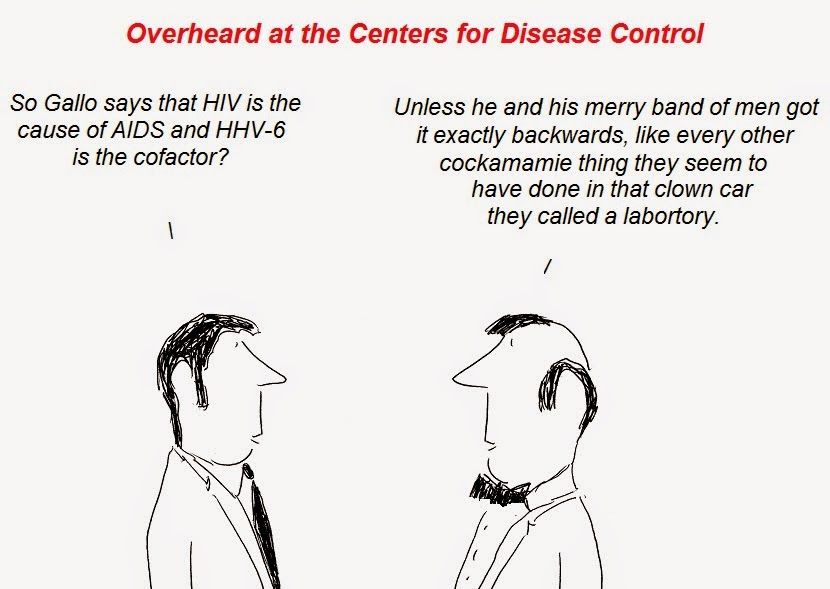http://www.futuremedicine.com/doi/abs/10.2217/fvl.13.7 Lorenzo Dagna Joshua C Pritchett & Paolo Lusso Future Virology Vol. 8, No. 3, Pages 273-287 , DOI 10.2217/fvl.13.7 (doi:10.2217/fvl.13.7) "Like other members of the Herpesviridae family, human herpesvirus (HHV)-6A and HHV-6B have developed a wide variety of strategies to modulate or suppress host immune responses and, thereby, facilitate their own spread and persistence in vivo . Long considered two variants of the same virus, HHV-6A and HHV-6B have recently been reclassified as distinct viral species, although the established nomenclature has been maintained. In this review, we summarize the distinctive profiles of interaction of these two viruses with the human immune system. Both HHV-6A and HHV-6B display a tropism for CD4 + T lymphocytes, but they can also infect, in a productive or nonproductive fashion, other cells of the immune system. However, there are...



